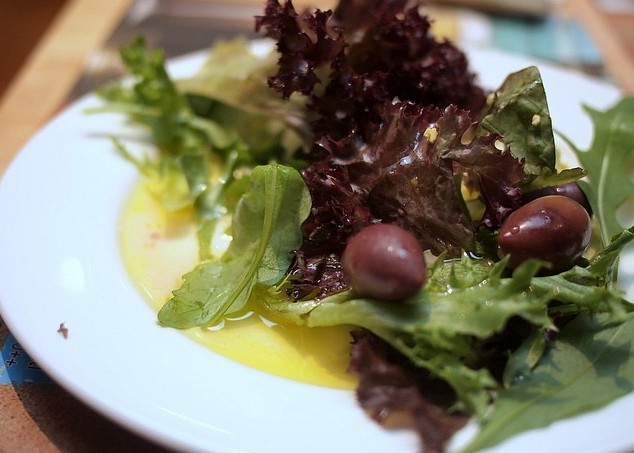The rapid rise in portion sizes has gone hand in hand with rising rates of obesity. To curb super-sizing, governments and public health institutions have advocated portion size limits and health warnings, but they have had limited success, especially because businesses can typically extract higher profits from bigger portions.
POPULAR: Pasta, Please! In Moderation it Can Help Keep Weight Down Says Large Study
How can focusing on the pleasure of food make people want smaller portions? When it comes to eating, pleasure is inversely related to size. It is at its maximum in the first few bites of the food. Each additional bite becomes then less enjoyable and it is the last bite which determines the overall impression of how much we enjoyed the food. When people choose portions based on value for money, or the fear of being hungry, they end up choosing one of today’s super-sized portions which are just not that enjoyable to eat toward the end.
MORE: How Negative Headlines Can Impact Your Mental and Emotional Health
Pierre Chandon, the L’Oréal Chaired Professor at INSEAD graduate business school and Yann Cornil, Assistant Professor of the School of Business at University of British Columbia, also found that unlike health warnings, this multisensory imagery does not reduce expected eating enjoyment or the willingness to pay for the food. In fact, “focusing on the pleasure of eating, rather than value for money, health, or hunger, makes people happier to pay more for less food,” said Chandon.
Cornil and Chandon conducted five different experiments using different groups such as French schoolchildren, adult Americans and young Parisian women. In the first study, 42 French schoolchildren were asked to imagine – incorporating their five senses – the pleasure of eating familiar desserts and were then asked to choose portions of brownies. They naturally chose portions of brownies that were two sizes smaller than the portions chosen by children in a control condition.
CHECK OUT: After Marrying On Her ‘Deathbed,’ This Bride Made a Miraculous Recovery After Quitting 1 Food
In another experiment, Cornil and Chandon imitated high end restaurants by describing a regular chocolate cake as smelling of “roasted coffee” with “aromas of honey and vanilla” with an “aftertaste of blackberry”. This vivid description made 190 adult Americans choose a smaller portion compared to a control condition where the cake was simply described as “chocolate cake”. The study also had a third condition, in which people were told about the calorie and fat content of each cake portion. This nutrition information also led people to choose a smaller portion, but at a cost: It reduced the amount that people were willing to pay for the cake by about $1 compared to the multisensory condition.
A third study showed that people underestimated how much they will enjoy eating small portions of chocolate brownies. They expected to enjoy small portions less than larger ones, when actually both were enjoyed equally. This mistake was eliminated by multisensory imagery, which made people better forecasters of their own future eating enjoyment.
RELATED: Crops Grown on Barge Lets Folks in NYC Pick Free Food From Docks
“Having more descriptive menus or product labels that encourage customers to use their senses can lead to positive outcomes for consumer satisfaction and health, but also for profits,” said Cornil. “This could make for a more sustainable food industry, which struggles to grow in the face of today’s obesity epidemic.”
The study was based on Cornil’s PhD dissertation which was conducted at INSEAD under the mentorship of Chandon who is also the director of the INSEAD Sorbonne University Behavioural Lab. This article has implications for health authorities and a wide range of food providers, from food manufacturers and restaurants to catering companies for schools and hospitals.
(Source: Insead)
Click To Share This Tasty Story With Your Friends – Photo by FoodTravel dot com, CC




















